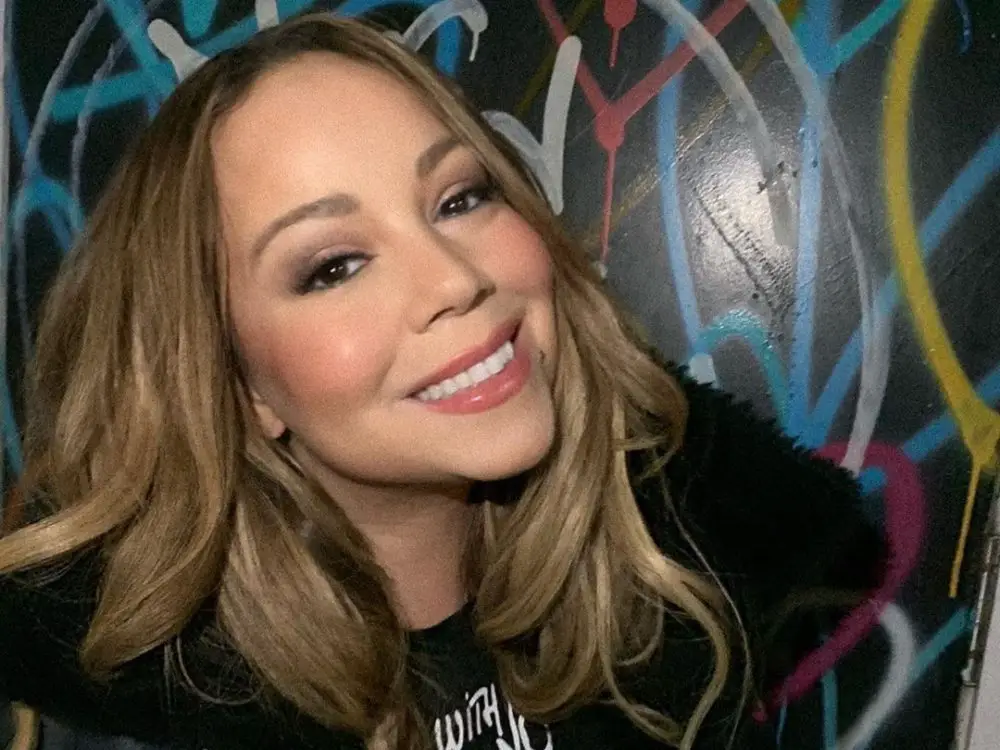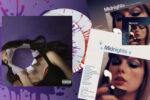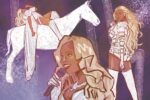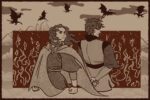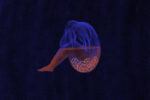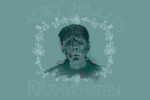Mariah Carey knows what it means to be an outsider. “The Meaning of Mariah Carey” explores the struggle to find perspective in existential terms when it feels as though one is held captive. The memoir describes how one can overcome their misfortunes and regain their bearings through the experience of critically examining themselves and their life experiences. This organically amounts to “looking in.” This feeling is captured in some of Carey’s best and most introspective work, in songs such as “Outside,” “Looking In,” “I am Free” and “Close my Eyes.”
The very first stanza of “I am Free” espouses her account of personal captivity. A transgression that left her suspended within, has now seemingly expired, leaving her weightless and free to roam. She writes, “Once I was a prisoner / Lost inside myself / With the world surrounding me / Wandering through the misery / But now I am free.”
Carey’s daunting experience of interpersonal oppression, near total in intensity and duration, is cataloged in her memoir. Her childhood experience of violence and unpredictability at home is depicted throughout, as well as a description of her relationship with her first husband, Tommy Mottola, who was the chairman of Sony Records at the time. He was also over 20 years her senior, and he started courting Carey instantly after their meeting.
Carey characterizes the relationship between them, the experience of constriction she experienced and the pain she underwent as the result of unequal power dynamics, writing, “Captivity and control come in many forms but the goal is always the same: to break down the captive’s will, to kill any notion of self-worth and erase the person’s memory of their own soul.”
Her captivity surely explains the loneliness she felt as a result of her forced solitude and imposed distance from others. She describes how she was confined to her own home by comparing the experience to that of an inmate, calling the mansion she shared with her husband “Sing Sing,” the name of a nearby prison in upstate New York.
It is no wonder that Carey’s childlike desire to express festivity, fantastical amusement and whimsy is captured in songs such as “Underneath the Stars,” “Fantasy” and “Dreamlover.” She quite literally survived her self-estrangement from the world by fantasizing of escape and by dreaming of a time when she would not be so fenced in.
Beyond the riveting, lyrical and soulful melodies and deep, abiding sadness that is always present in her songs, there is an urge to be rescued and set free, or a melancholy reflection upon her terrible loneliness. Evidence can be found in songs like “Dreamlover,” where she sings, “I want a lover who knows me / Who understands how I feel inside / Someone to comfort and hold me / Through the long lonely nights.”
Carey intuitively knows what it’s like to feel like a foreigner inside her own body, which is apparent in the lines, “It seems as though I’ve always been / Somebody outside looking in,” from her song “Looking In.” This awareness stems from a rough upbringing as an interracial child of a Black father of Venezuelan descent and a white mother during the ‘70s, just after the civil rights movement peaked and interracial marriage became legal.
Her childhood feeling of insecurity was related not only to financial instability, but lack of emotional and physical safety. She grew up with a violent older brother, Morgan, and a volatile older sister, Alison, both of whom were like hurricanes wreaking havoc upon the Carey home.
She only knew sorrow and instability, compounded with terrible uncertainty and fear at home. This was exacerbated by the fact that her “brother was broken early on, and the only tool he had to defend himself was destruction,” and her “childhood was rife with neglect.” She learned to shield herself from this threat of violation and defend against attack by constructing barriers to the outside world.
“Looking In” surmises not only a sense of feeling lost in the world as a product of fear, but also ruminates upon the desolation one feels when yearning to be seen while trapped behind a mirage for the sake of self-preservation and survival. This is evident in the verses, “She smiles through a thousand tears / And harbors adolescent fears / She dreams of all / That she can never be.” She describes needing to cloak one’s transparency from others by veiling the reality of one’s intimate experience when she writes, “You’ll never know the real me.”
Carey encapsulates the feeling of being hidden as she sings, “She wades in insecurity / And hides herself inside of me.” The feeling of entrapment that results from being misunderstood due to the façade she constructs is apparent in the lines, “You look at me and see the girl / Who lives inside the golden world / But don’t believe / That’s all there is to see.”
In her memoir, Carey discusses how she always longed for her mother to see her, but there is more. Carey wants the world to view her from an unbiased perspective, from a lens that hasn’t been perfectly curated by her husband’s label or by the public image. She understands that false or not, public perception tends to define and mold a public character. A person appearing in the public ceases being a person; they simply become a prop or an image to be consumed.
When this happens, as Carey so aptly describes in her memoir, people like her cease to be Mariah, someone’s daughter and sister. The face behind the name becomes lost so that she becomes “an ATM with a wig on.”
Carey doesn’t want to become a commodity. She wants fame on her terms. She wants people to see behind the illusion of Mariah Carey, pop princess; Mariah Carey, label puppet; or Mariah Carey, the brand and persona.
She wants her audience to understand that her life isn’t actually that glamorous, and behind that powerful and pretty but fabricated image is a young child who longs to be discovered for more than her abilities or her singing.
Adult Mariah is still searching for young Mariah, and young Mariah is a mixed kid who is still struggling from an unsafe childhood where she felt unprotected and insecure. Young Mariah wants her youthful innocence to be restored. Young Mariah needs protection and security, but above all else, she needs freedom from captivity. She needs the power to make her own choices rather than having her survival instinct or the voices of others dictate them to her.
Because young Mariah never got to be free, adult Mariah still fights and struggles for freedom — freedom from a controlling husband and a label fixated on profit at the expense of her well-being, freedom from a toxic and destructive family and freedom from all those who wish to enslave her.
Carey no longer wants to be held captive in the memories of her 12-year-old self, grievously injured emotionally and physically by her older ex-sister Alison, the woman who tried to sell her to a pimp, gave her third degree burns by dumping hot dandelion tea on her, drugged her with Valium and offered her cocaine.
She needs release from the turmoil of remembering vicious incidents of overt racism — instances where supposed childhood friends called her the N-word, instances where rocks were thrown through the windows of the family house, instances where her young white friend Becky shook in fear upon meeting Carey’s Black father and instances where her pre-school teachers laughed at her because she drew a family picture using a brown crayon to portray her father.
Carey wants the power to tell the world who Mariah Carey is rather than have the world dictate to her who she is, and with “The Meaning of Mariah Carey,” she does exactly that, setting the record straight once and for all.


